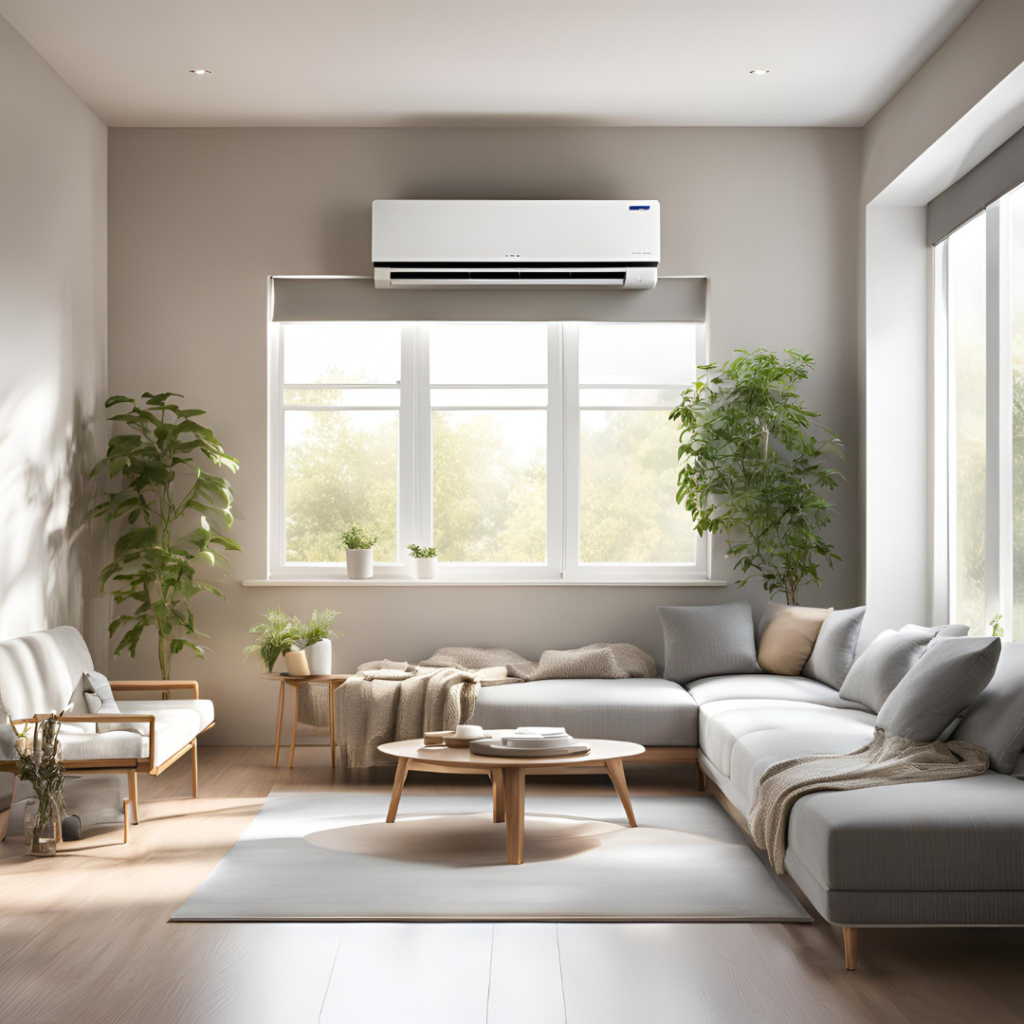Planning to buy an Air Conditioner? Of course the size matters, especially the size of your room. Buying an Air Conditioner that’s either too small or too big can lead to ineffective cooling and higher electricity bills. So, how do you figure out the best Air Conditioner unit for your room size? In this article, we’ll break down everything you need to know to choose an Air Conditioner that’s just right for your space.
Does Room Size Matter for your Air Conditioner?

Undoubtedly, the room size does matter. If the Air Conditioner is too small for the room, it will struggle to cool the room, but working continuously without reaching the optimum temperature. This results in higher electricity bills and faster wear on the unit. On the other hand, an Air Conditioner that’s too large for your room will cool it too quickly without removing humidity effectively, which can leave the room feeling damp and clammy. Choosing an Air Conditioner that suits your room size ensures efficient cooling and a more cozy indoor environment.
Know the BTU Ratings for air Conditioners
Cooling capability of an air conditioner is measured in British Thermal Units often known as BTUs. A higher BTU rating means a stronger cooling capacity, while a lower BTU rating means a less powerful unit. When you’re looking at different Air Conditioner models, check the BTU rating to determine if it matches your room size. Usually, a room around 100–150 square feet requires about 5,000 BTUs, while a larger room, say around 400–450 square feet will need closer to 10,000 to 12,000 BTUs. Below is a rough guide to help you match BTUs to room size
- For 100 –150 sq. ft. room – 5,000 BTUs
- For 150 –250 sq. ft. room – 6,000 BTUs
- For 250–350 sq. ft. room – 8,000 BTUs
- For 350–450 sq. ft. room – 10,000 BTUs
- For 450–550 sq. ft. room – 12,000 BTUs
- For 550–700 sq. ft. room – 14,000 BTUs

A few other factors that can help you choose the right Air conditioner
- Sun Exposure and Insulation: Rooms that receive direct sunlight during the day or have poor insulation will heat up faster. If your room has large windows or lots of sun exposure, consider going up a few hundred BTUs to account for the extra heat.
- Ceiling Height: Most BTU guidelines assume a standard ceiling height of around 8 feet. If your room has higher ceilings, you’ll need more cooling power, as the extra space requires more cooling.
- Occupancy and Appliances: If multiple people regularly occupy the room or if you have heat-generating appliances (like a computer or stove), the space will need more cooling power. As a rule of thumb, add about 600 BTUs per additional person or appliance.
Types of air Conditioners to choose from
Window ACs: Perfect for smaller rooms and easy to install, window units are cost-effective and space-saving. However, they require a window that fits the unit’s dimensions.
Portable ACs: These freestanding units can be moved around but need an exhaust vent to direct warm air outside. Portable ACs are ideal for rooms where installing a window unit isn’t an option, though they typically have slightly less cooling power than a comparable window unit.
Split ACs: Best for larger rooms or open spaces, split systems are more powerful and quieter than window or portable ACs. However, they are more expensive and require professional installation.
To Conclude
Choosing the right Air Conditioner based on room size is not a rocket science. By measuring your room, understanding BTU requirements, and factoring in your room’s unique needs, you’ll be able to find an AC that cools efficiently and keeps you comfortable all season long.


